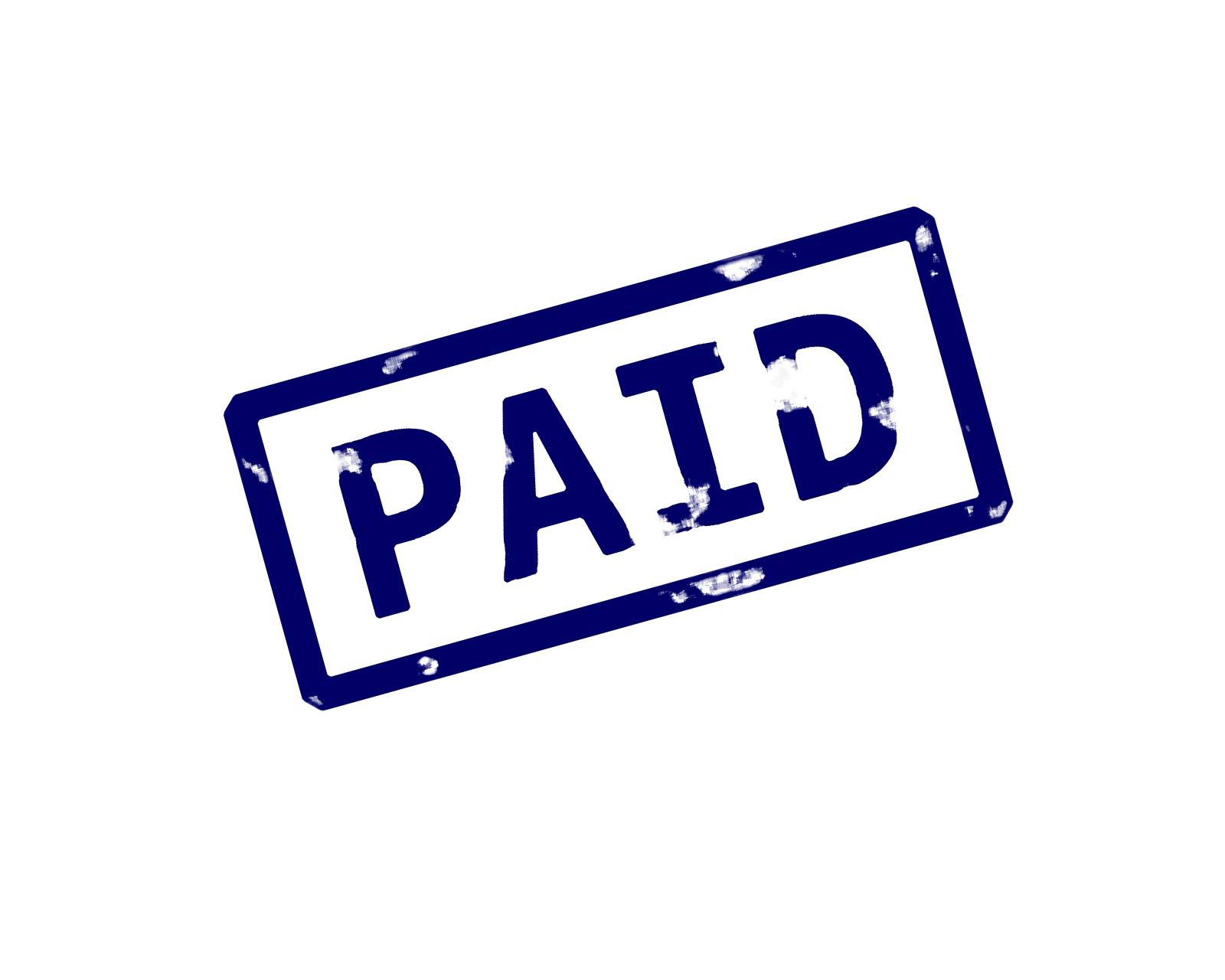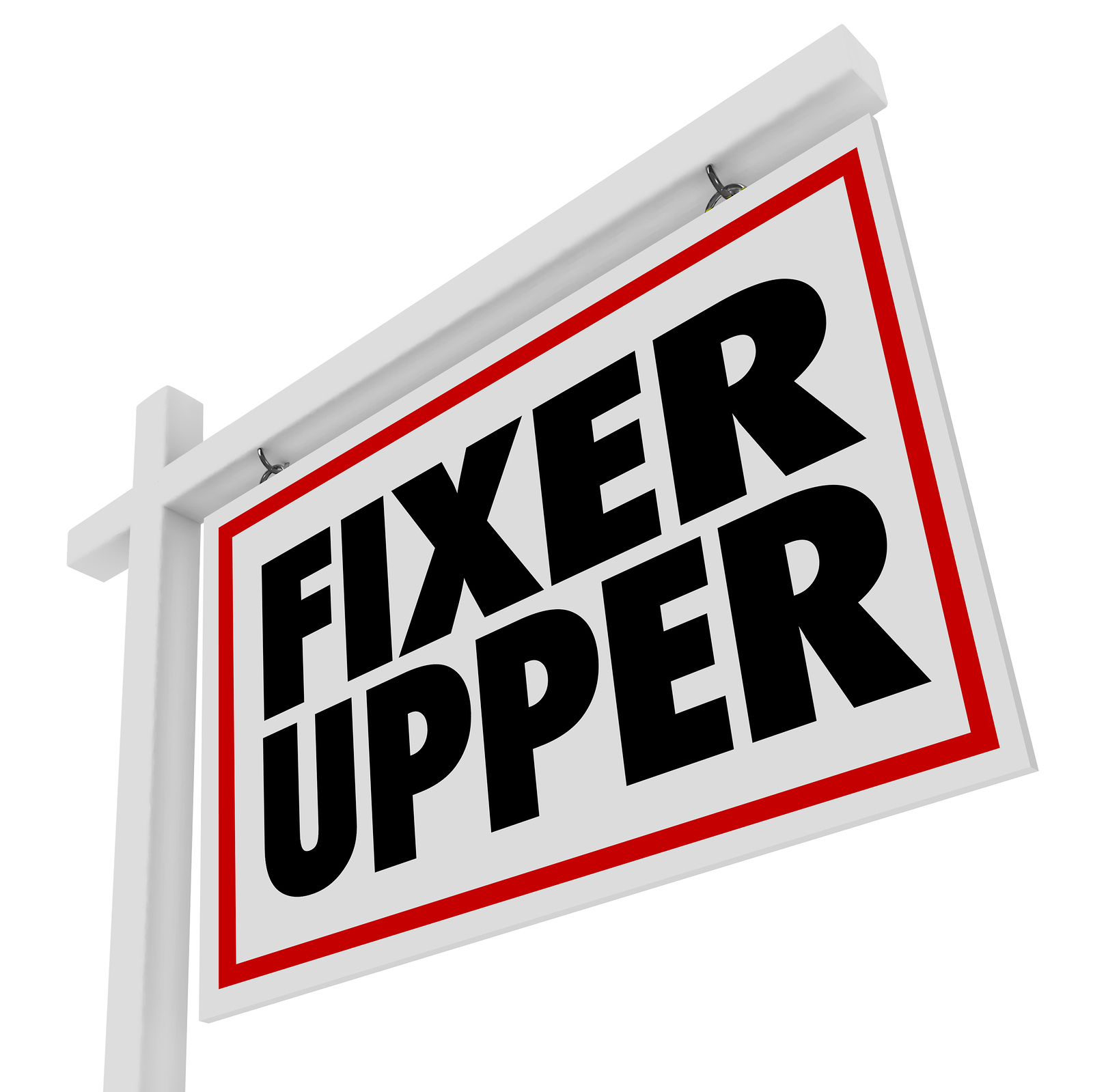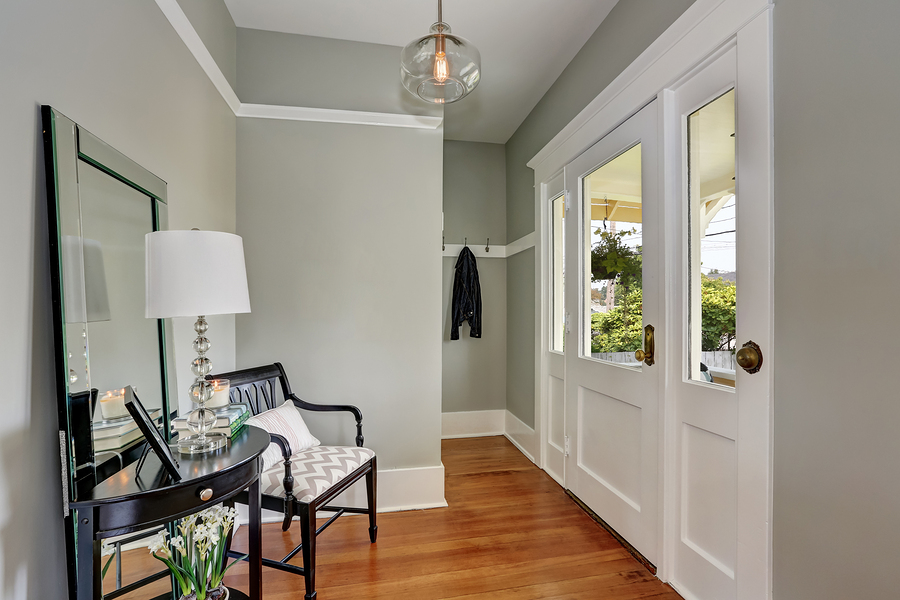To many first-time homebuyers, one of the most confusing parts of the process is sitting across from the closing agent, who is tossing them pieces of paper from a huge stack, quickly explaining what each one means and asking for signatures. From real estate transfer documents to loan documents to title documents there are, what seem to the newbie at least, hundreds of pages to sign.
Who can retain all of that information? So, at some point during the ensuing weeks and months, when everything settles down, don’t be surprised if you wonder when your property taxes are due. After all, you’ve just laid down a huge chunk of money to buy the house and you naturally want to make sure you can pay the taxes.
Think back to that closing agent and recall the words “impound” or “escrow” account. Then, breathe a huge sigh of relief because the tax bill has been paid, and will be paid in the future, through the impound account held by your lender. If you have one, that is.
What is an escrow account?
Your lender may refer to this account as an “escrow account,” “impound account,” or even an “escrow impound account.” Whatever it’s called, it’s an account the lender sets up to ensure that certain expenses for the property are paid, and on time.
These expenses include homeowners insurance and, yes, property taxes. Basically, any bill that, if not paid might result in the forfeiture of the home to an entity other than the lender, will be paid from the impound account.
Do I have to have an impound or escrow account?
The great majority of lenders will require that these bills be paid using an escrow or impound account. Although this set-up benefits the lender financially, there is a huge advantage for the homeowner (not having to worry about and budgeting for the monthly payments for these items) as well.
In fact, many financial advisors recommend that homeowners who don’t have impound accounts with their lenders request one.
How an escrow account works
Your mortgage payment consists of a set of smaller, individual payments, known as PITI. These include:
- Principal – The part of your check each month that goes to paying down the loan’s balance (the principal). This part of the payment starts out small (painfully so) and increases over time.
- Interest – This is the payment to the lender for lending you money. Because you pay this off before the principal is fully paid, less of your payment will go toward interest and more toward the principal as time goes on.
- Taxes – Property taxes are typically, but not always, included in the impound account. If they’re not, it’s up to you to make these payments. Check with your lender or servicer if you’re unsure. If you have a government-backed loan, however, you most likely have funds for tax payments included in your impound account.
- Insurance – Hazard insurance is a lender requirement and since the lender wants to ensure the safety of its investment, the payment for the policy will be included in your monthly mortgage payment.
- Mortgage Insurance – If you have a government-backed loan, the mortgage insurance premium (similar to PMI) will be included in your payment.
Here’s an example
Suppose that your property tax bill is $1,000 per year — $83.33 of your monthly mortgage payment is dedicated to pay that bill. If your homeowners insurance premium is $1,034 (the average premium across the United States, according to the National Association of Insurance Commissioners), then an additional $86.17 a month is tacked on to your mortgage payment. So, your mortgage payment will include payment for these two items, plus interest on the loan and on the loan’s balance.
Check your mortgage statements every month to see the balance of the escrow account. Federal law requires that your lender or servicer review your account annually to ensure that you’re paying the right amount. If you’re paying too much, you are owed a refund. By the same token, if you aren’t paying enough, you’ll be required to pay more.
If your lender didn’t require an escrow impound account, you can ask for one to be established. Especially if you’re on a tight budget or find it challenging to save for future expenses, an impound account acts as a forced savings account out of which very important bills are paid.












